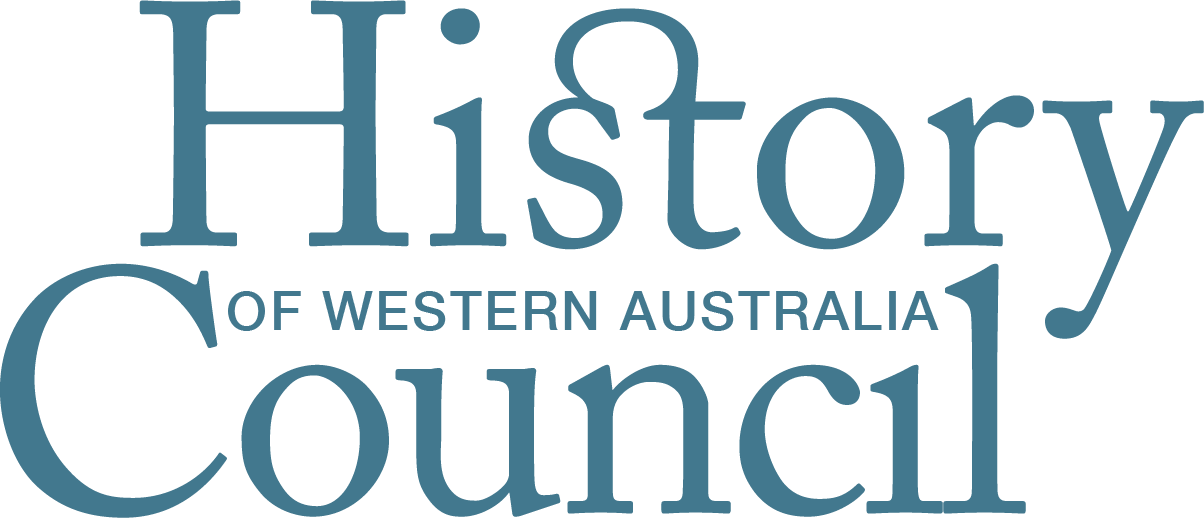Bilya Koort Boodja Centre for Nyoongar Culture & Environmental Knowledge, Northam
Bilya Koort Boodja Centre for Nyoongar Culture & Environmental Knowledge, Northam. Photo, Robyn Taylor 2019.
This is an amazing Centre, not least because it represents a major collaboration between the Shire of Northam and the local Ballardong Nyoongar people. It is a timely milestone in the Reconciliation process as there has been much that has needed reconciling.
In common with other early European settlements in the Avon Region, and elsewhere, where relations had initially been more or less friendly, there is a back story of growing violence between the two races with killings and reprisals. This reached a peak during the second part of the 1830s then, according to Donald Garden who wrote the Shire of Northam’s official history (published in 1979), ‘a bloody peace settled over the district as Aboriginals were driven into submission, killed, or hunted out of the district.’ Those that remained eventually settled in bushland on the river well downstream of the town. This became the Aboriginal Reserve and some of the descendants were still living there at the time Garden wrote his history.
What isn’t included in the history is the 1933 forced removal of all Aboriginal men, women and children to the Moore River Native Settlement. While this painful event remains common knowledge amongst the Ballardong people, apparently it was during the process of collaboration for the Centre that this dark past became public knowledge. The forced removal was requested by the Northam Municipal Council who had sought authorization from the Premier James Mitchell, a former Northamite.
The official opening of the Bilya Koort Boodja Centre took place on 11 August 2018. It is located on the banks of the Avon River in the heart of town, and its name means ‘river, heart, land’. The building sits above the ground with a discretely designed undercroft carpark and surrounding native gardens, and a fireplace. A flight of stairs leads onto a wide platform that is semi-enclosed with various lengths of upright timbers. This provides views along the Avon River. As you enter the Centre you are greeted with the words Kiya, Wandju (Hello, Welcome). Nyoongar language plays a significant part in the visitor’s cultural experience.
The original concept design for the building was by Perth based architects Iredale Pedersen Hook, and the exhibition spaces designed by Thylacine Design, the group responsible for Albany’s Anzac Centre. The architects and designers were appointed at the same time and worked together from the outset. The curator of the exhibition displays was local curator Janet Vost, and there was input from the WA Museum. Every aspect was discussed with an appointed Aboriginal Advisory Group and signed off by the Group before going into production. Nyoongar culture in all its rich diversity is explored through touch-screens, story boards and exhibits in pull out drawers and glass cabinets. A number of exhibits were created by Aboriginal artists.
According to Roy Rayson, Executive Manager of the Shire’s Community Services, ‘Most of the photos (except historic ones) feature local Ballardong people, as do the videos in the Yarning Circle, Sorry Space and on the Season Monitors. The dancers in the Welcome space videos are local students, and all plant samples and artefacts (apart from the WA Museum objects) were produced and/or collected by locals. It was very much a collaborative approach for the whole project, which is why it is so special.’
Funding for the Centre came from a number of sources, the main ones being the Federal government through the National Stronger Regions fund, and Lotterywest. Other smaller contribution came from Royalties for Regions with the Shire of Northam providing the balance.
When you begin the journey into the Centre you first enter the Welcome space, it is truly something special.
Dr Robyn Taylor
Originally published in Professional Historians Association (WA) Inc Newsletter, Issue 137, June 2019.

